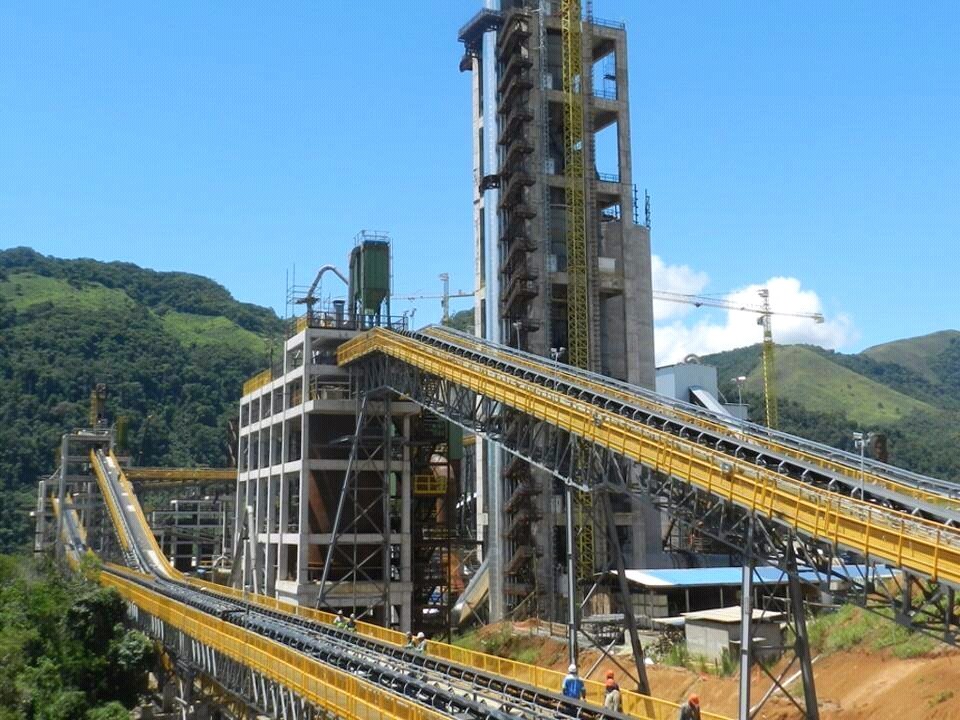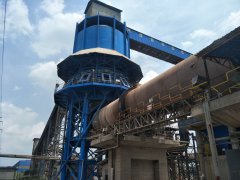Conveyor systems, integral components in material handling and industrial processes, are mechanical devices designed to transport goods, materials, or products from one location to another within a facility or between different points in a production line. These systems play a pivotal role in streamlining logistics, improving efficiency, and facilitating automation across various industries.
Types of Conveyors:
Conveyor systems come in a variety of types, each tailored to specific applications and industries. Common types include belt conveyors, roller conveyors, chain conveyors, screw conveyors, and overhead conveyors. Each type offers unique features to accommodate diverse material handling needs.
Belt Conveyors:
Belt conveyors consist of a continuous loop of material—usually made of rubber, PVC, or other materials—rotating around two or more pulleys. These conveyors are widely used in industries such as manufacturing, mining, and logistics for transporting bulk materials and packaged goods over short or long distances.
Roller Conveyors:
Roller conveyors use rollers to move materials along a path. These conveyors are suitable for handling items with flat or uneven bottoms and are commonly utilized in warehouses, distribution centers, and assembly lines.
Chain Conveyors:
Chain conveyors employ chains to move materials along a designated path. These conveyors are robust and ideal for heavy-duty applications such as transporting pallets or bulk materials in industries like automotive manufacturing and steel production.
Screw Conveyors:
Screw conveyors consist of a helical screw rotating within a trough or tube, facilitating the movement of materials. They are suitable for transporting bulk materials, powders, and granules in various industries, including agriculture and food processing.
Overhead Conveyors:
Overhead conveyors use suspended tracks or trolleys to transport items above the ground. These systems are advantageous in space-constrained environments and are commonly used in paint shops, assembly lines, and garment handling.
Applications:
Conveyor systems find application across a wide range of industries, including manufacturing, mining, logistics, food processing, and more. In manufacturing, conveyors are used to move products through different stages of production. In mining, they facilitate the transport of raw materials from extraction points to processing areas. In logistics, conveyor systems play a key role in sorting and distributing goods in warehouses and distribution centers.
Advantages:
The adoption of conveyor systems offers several advantages, including increased efficiency, reduced manual labor, improved safety, and enhanced overall productivity. Conveyor systems also contribute to better inventory management and ensure a smoother flow of materials within a facility.
Conclusion:
In conclusion, conveyor systems are indispensable in modern industrial processes, providing an efficient and automated means of transporting materials. Their versatility and adaptability to various industries make them essential components in enhancing the overall efficiency of material handling and manufacturing operations. Ongoing technological advancements continue to refine conveyor systems, contributing to their continued prominence in the evolving landscape of industrial automation.



